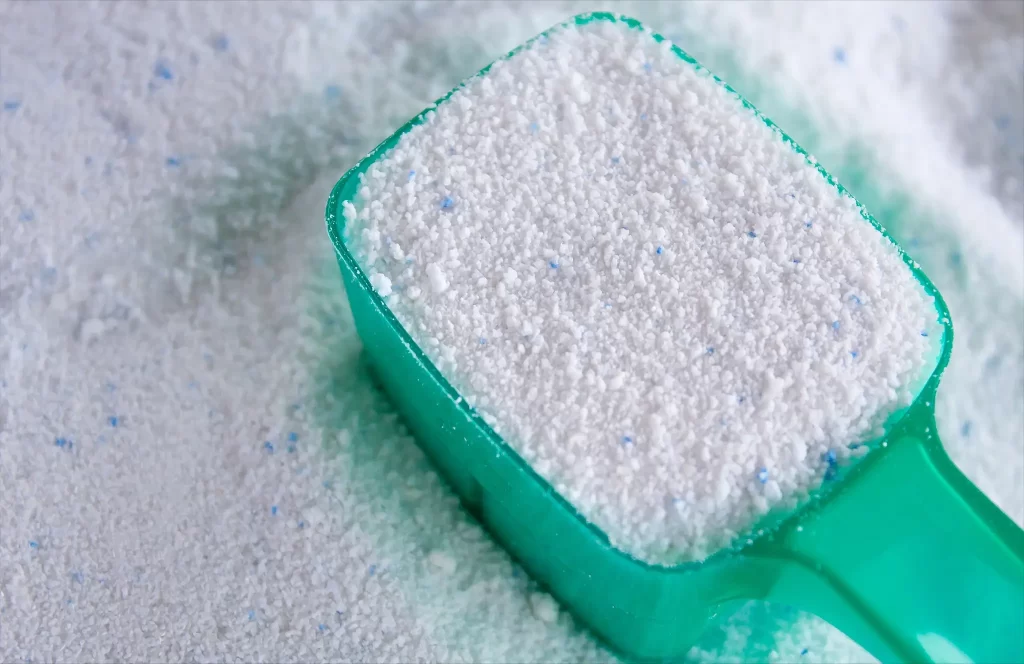Dispersants are also surfactants, and they are classified into anionic, cationic, nonionic, amphoteric and polymer types. Dispersants are particularly suitable for powders or powders that are very susceptible to moisture and agglomeration. After addition, they can effectively loosen and prevent agglomeration without affecting the performance of the main body. Dispersants can be divided into: coating dispersants, papermaking dispersants, water-based dispersants, etc.
The function of dispersants is to use wetting dispersants to reduce the time and energy required to complete the dispersion process, stabilize the dispersed pigment dispersion, modify the surface properties of pigment particles, and adjust the mobility of pigment particles.
In the papermaking process, paper fibers and fillers in the pulp are hydrophobic and tend to flocculate into agglomerates, and it is often difficult to produce paper with uniform performance and strength that meets the requirements. An additive needs to be added to increase the viscosity of the pulp to facilitate the uniform dispersion of fibers and fillers, so that the paper is uniform, smooth, flexible and without holes, so that the papermaking performance is stable, and it is not easy to break the paper and powder during papermaking. At the same time, it can improve the tensile strength and dry and wet strength of paper products and save pulp. The additive added is called paper dispersant.
Paper dispersant has high dispersing efficiency, stable coating viscosity, less foam, non-toxic and non-corrosive. It can increase the solid content of the coating, and has good fluidity and scrub resistance. It can maintain the gloss of paper products and is not easy to mold. Paper dispersant can also increase the speed of papermaking, save pulping time, reduce energy consumption, and has significant economic benefits.

